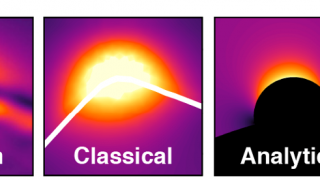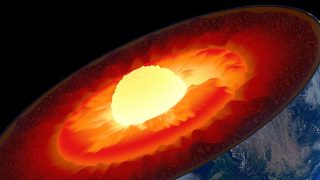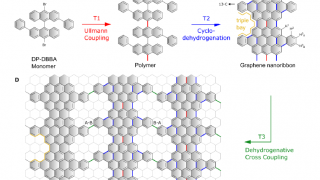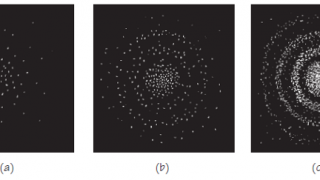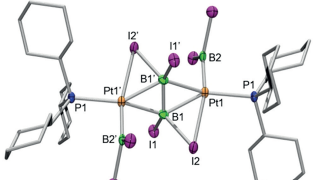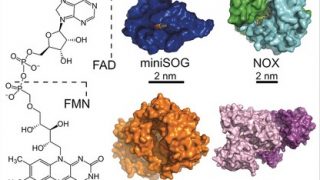
Bioorthogonal catalytic activation of anticancer metal complexes
Biomedicine • Chemistry • Condensed matter • DIPC Photochemistry
Metal complexes are typically regarded as catalysts that convert organic substrates into more valuable compounds; however, to date, catalytic transformations of metal complexes are practically unknown and represent a complete new way of thinking in catalysis. Their development can expand the scope of bioorthogonal chemical reactions to inorganic substances and metal-based prodrugs, fostering the creation […]
